Search based on the size of your current glasses
- Shop by shape
- Shop by colour
- Shop by size


Our eyes change as we get older, and in this brief article we'll highlight some of the more common conditions associated with the ageing eye.
This is Greek for ‘old sight’, and is a term to describe how the eye finds it more difficult to focus on near objects when we get older. Presbyopia affects all of us once we reach the age of around 40.
The eye’s lens loses elasticity and becomes firmer as we get older so it has more difficulty helping focus the image from near objects on the retina. It’s easily corrected with specially prescribed reading glasses, bifocal or varifocal lenses.
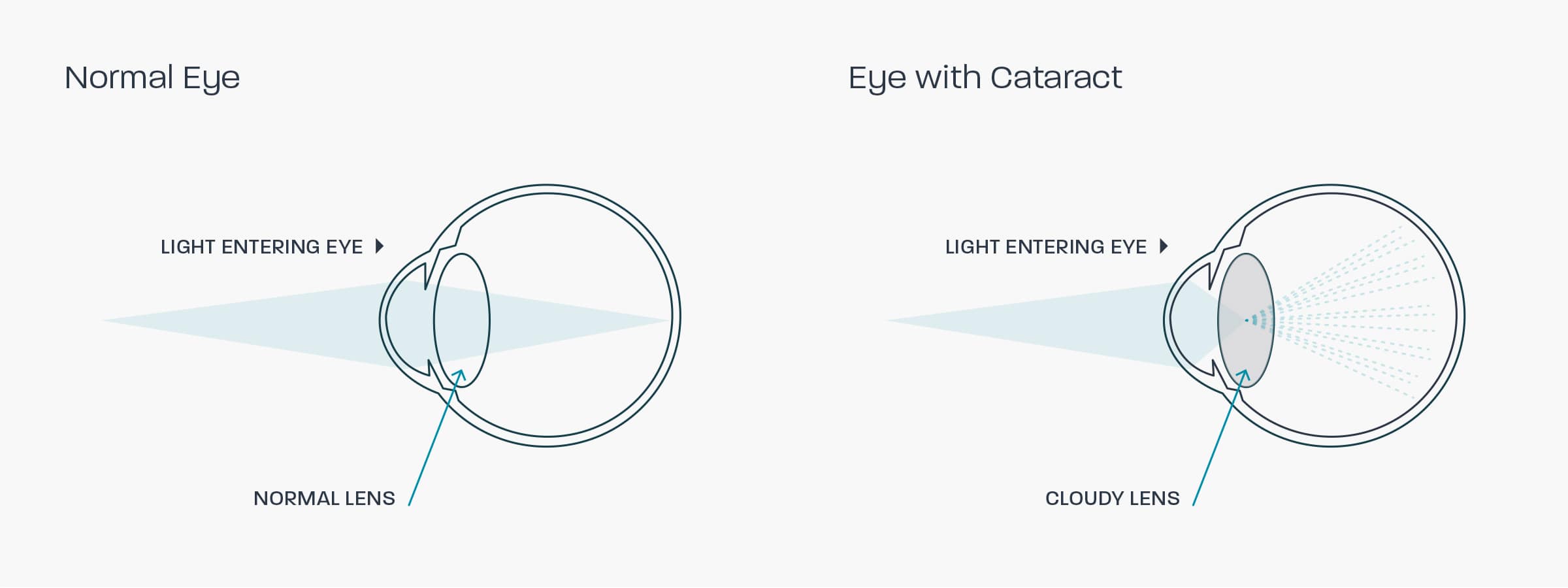
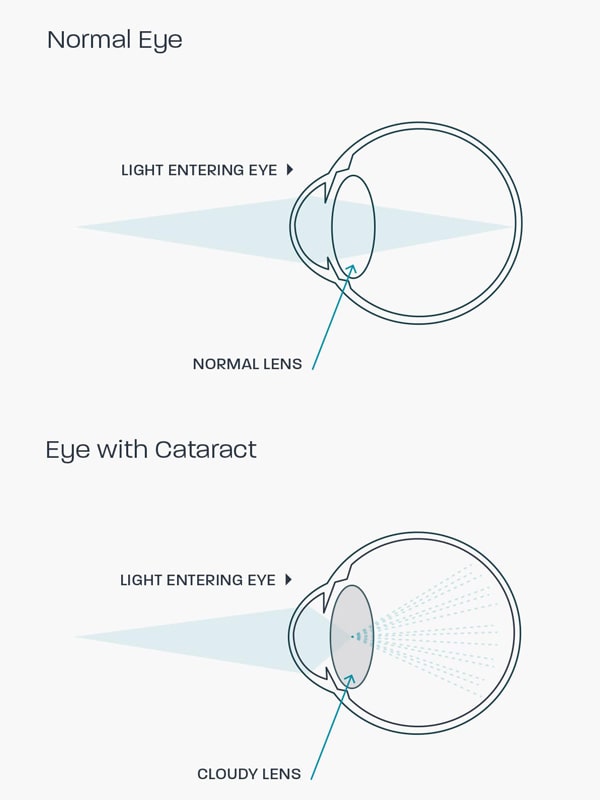
Cataracts occur when the lens in the eye, which is transparent, becomes more cloudy and opaque as we get older. This makes it harder to see things clearly and common symptoms are blurry or cloudy vision, colours aren’t as vivid as they should be, vision in low light isn’t as good as it was, and that there is a greater sensitivity to bright lights.
Cataracts normally develop gradually so symptoms might not be easily detected, though your optician will be able to see the signs when you attend your routine eye exam. Cataracts can be corrected by altering your glasses prescription, or cataract surgery, where the eye’s lens is replaced by a plastic one during a short operation.
The main cause of cataracts is old age, but if you have a family history of cataracts, smoke, drink excessively, or are diabetic, you may be more prone to them. Unprotected exposure to UV radiation is also a contributory factor in the development of cataracts, so it’s important that your glasses lenses are UV coated and that you have a good pair of sunglasses.
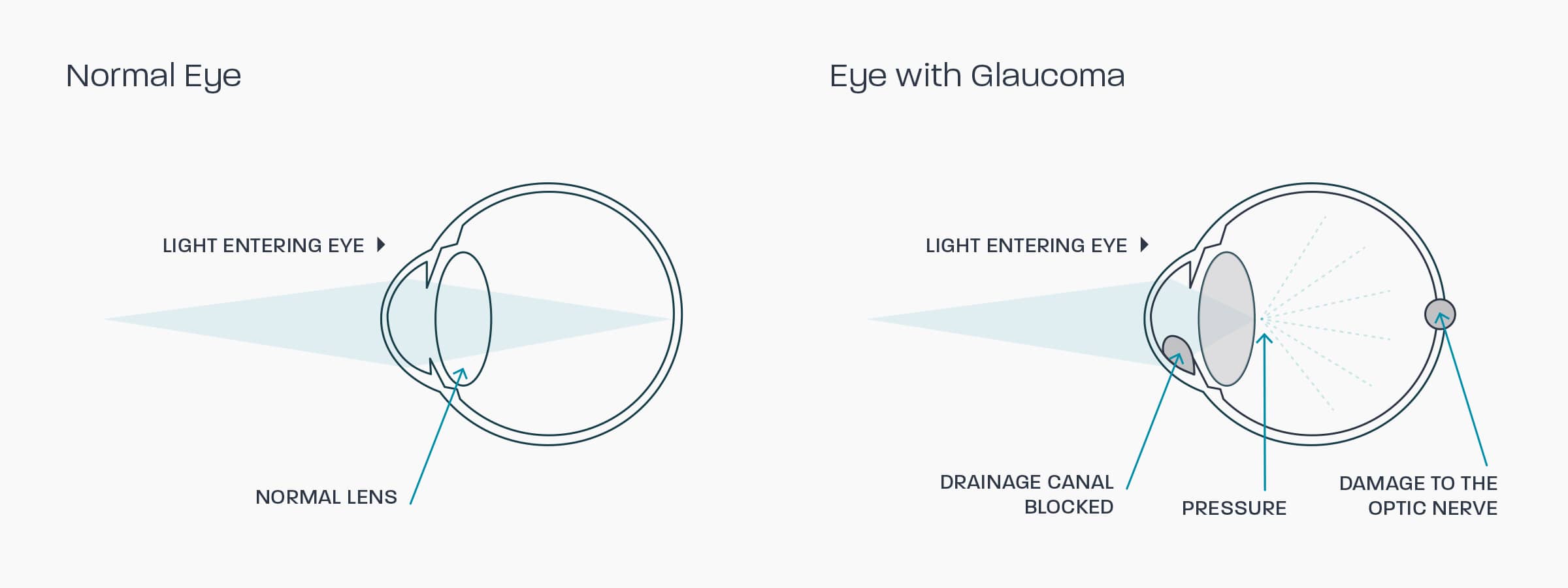
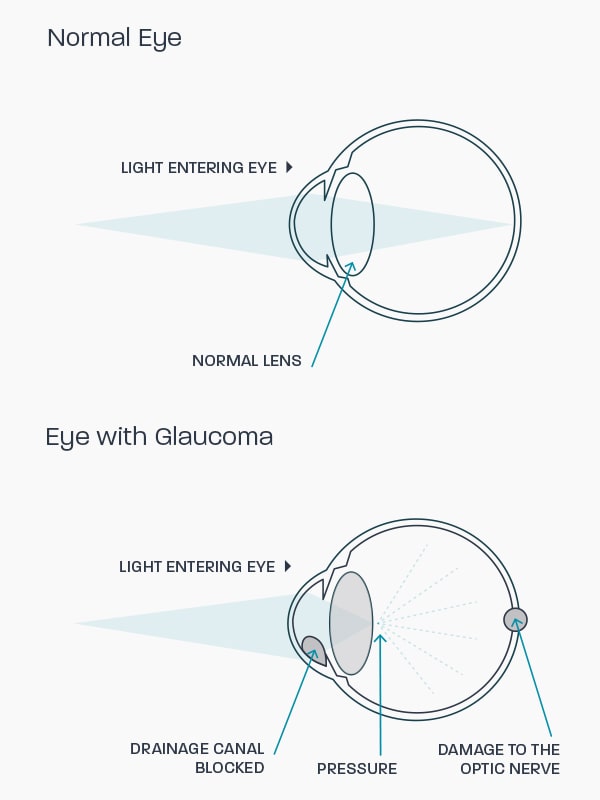
Glaucoma is a disease that damages the optic nerve, usually caused by a build up in pressure of the fluid that fills the eye. It most commonly affects people over 70, though it can occur in younger people and is more prevalent in those of an Afro-Caribbean or Asian origin, diabetics, or those with a close relative with glaucoma.
Most glaucoma is pain-free and develops gradually so is hard to detect yourself, though opticians have several tests they can perform to test for it. If you experience a noticeable loss in peripheral vision, intense eye pain, nausea/vomiting, headaches, red eye, and sensitivity around the eyes or see rings around lights, we’d recommend you visit your optician as soon as possible.
It’s important that glaucoma is monitored closely so sufferers will normally have more frequent eye exams or hospital eye checks. Glaucoma is treated in a number of ways, most usually by special drops that reduce the pressure in the eye, though laser treatment or surgery may be performed to unblock the tubes that drain fluid away from the eye if drops don’t work.
The causes of Age-related Macular Degeneration (AMD) are unknown, though it has been linked to obesity, high blood pressure, smoking, and having a family history of AMD. It affects the central vision and makes tasks like reading and driving more difficult, and symptoms include blurry central vision, seeing wavy lines, things looking smaller and less bright, and seeing things that aren’t there.
There are two types of AMD: ‘wet’ and ‘dry’. Wet AMD happens much more quickly, often over a few weeks or months, whereas the ‘dry’ kind develops more slowly over several years.
There is no current cure for it, though special visual aids can alleviate symptoms of dry AMD, and regular injections directly into the eye, or in some cases photodynamic therapy, where a special light is shined into the eye to destroy the abnormal blood vessels that cause wet AMD, can stop the condition getting worse.
There are special nutritional supplements that have been known to slow down the onset of AMD, and eating foods high in lutein such as spinach, broccoli, kale, and corn can also help, though they don’t contain the quantities of lutein that the supplements do.
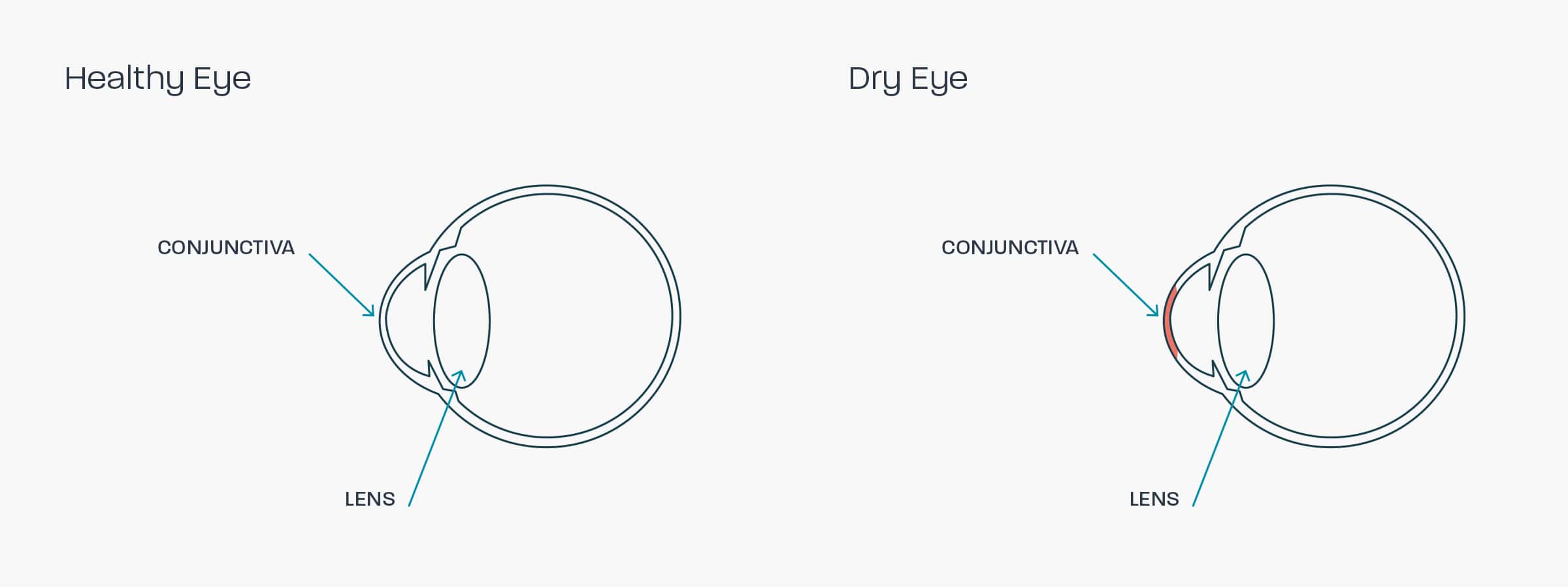

Dry eye syndrome is common in over 65s, and arises when the eyes can’t produce enough tears, or the tears evaporate too quickly. Tears are very important in transporting nourishment to the eye as well as lubricating and protecting it. There are several symptoms of dry eye syndrome, such are gritty and tired eyes, tenderness, blurry vision, red eyes, and greater sensitivity to light.
You will be more likely to get dry eyes if you smoke or drink excessively, spend a lot of time in air conditioned environments, use a monitor without having frequent breaks, are a contact lens wearer, or take medication for blood pressure or anti-depressants.
Dry eye syndrome is usually treated successfully with artificial tear drops, but if the symptoms are very severe, more specialised medication or even surgery may be needed.